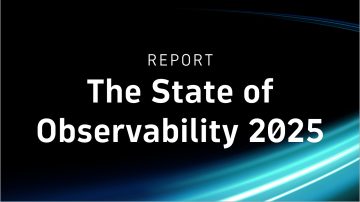
What is data minimization?
Data minimization is a data privacy practice that collects and uses the least amount of data possible to serve a specific purpose. Minimization improves data privacy and is a key component of regulations such as the European Union’s General Data Protection Regulation (GDPR), the California Consumer Privacy Act (CCPA), and Brazil's General Personal Data Protection Law (LGPD).
Principles of data minimization
Minimization relies on three principles:
1. Obtain user consent
Data should only be collected with the individual's express consent. This consent must be clear and informed—organizations should specify what data is collected, how it will be used, and when it will be deleted.
2. Collect only required data
Only data required for the stated purpose should be collected. For example, an organization conducting demographic analysis might collect data such as user location, age range, and purchase history. Other data, such as names, phone numbers, or birthdates, aren't required for this purpose and shouldn't be collected.
3. Delete data after use
Once data has been analyzed and applied, it should be deleted. User consent agreements should specify how long data will be held during and after use. If organizations want to reuse data for a similar purpose, they must gain new consent.
Benefits of data minimization
Applying data minimization offers benefits, such as the following:
Reduced security impact
The more data an organization collects and stores, the greater the potential loss. By collecting and using only the information required to achieve a specific goal, organizations can potentially reduce the impact of a security breach.
Improved storage utilization
Storage costs money. Data minimization reduces the amount of data stored and helps control storage costs.
Enhanced regulatory compliance
Data minimization is now commonplace in privacy legislation. By adopting this practice at scale, organizations can stay ahead of regulatory expectations.
Keep reading
 DocumentationFive pillars of data observability
DocumentationFive pillars of data observability REPORTThe State of Observability
REPORTThe State of Observability
Report 2025
See how leading enterprises are using real-time, contextual data to fuel trustworthy AI and drive transformation. ReportData security and privacy in the cloud
ReportData security and privacy in the cloud
Successful digital transformation requires every application and digital service, and the dynamic multicloud platforms they run on to work perfectly. We Both data security and data privacy need to be implemented as a primary mindset, and integrated into every step of developing, using, and supporting a SaaS platform.